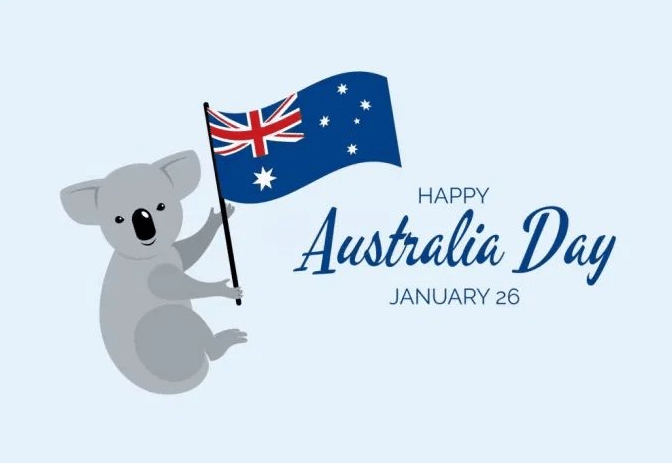Costa Rica, a vibrant and diverse country in Central America, holds a special place in the hearts of its people. On September 15th each year, Costa Ricans celebrate the Costa Rica National Day, marking their independence from Spanish rule. This article explores the historical significance of Costa Rica’s National Day, the celebrations and traditions that accompany it, and the country’s rich cultural heritage.
Costa Rica’s Independence Day
Costa Rica’s National Day, also known as “Día de la Independencia,” is a momentous occasion that commemorates the country’s liberation from Spanish colonialism. It is a day filled with pride, unity, and gratitude for the freedom Costa Ricans enjoy today. The festivities bring together people from all walks of life, showcasing the spirit and resilience of the nation.
Historical Significance of Costa Rica National Day
To understand the significance of Costa Rica’s National Day, it is essential to delve into its history. Unlike many Latin American countries that gained independence through armed struggle, Costa Rica achieved independence peacefully. The country was part of the Captaincy General of Guatemala, a Spanish colony, but it broke away and declared sovereignty in 1821. This milestone set the foundation for a democratic and peaceful nation.
The Road to Independence
Costa Rica’s path to independence was shaped by various historical factors. One of the crucial catalysts was the broader movement for independence in Central America, fueled by the ideas of the Enlightenment and the successful revolutions in North and South America. Additionally, socioeconomic factors, including the decline of the Spanish Empire and growing dissatisfaction with colonial rule, contributed to the desire for autonomy.
Celebrations and Traditions on Costa Rica National Day
On Costa Rica’s National Day, the country erupts in vibrant celebrations that showcase its rich cultural tapestry. The festivities typically commence with parades featuring marching bands, traditional costumes, and colorful floats. People of all ages take part, proudly waving the national flag and singing patriotic songs. The streets are adorned with decorations in the colors of the flag: blue, white, and red.
Cultural Heritage and Customs
Costa Rica’s National Day offers a unique opportunity to appreciate the country’s cultural heritage. It is a time to reflect on the customs and traditions that have shaped Costa Rican identity. From traditional music and dance performances to art exhibitions and culinary delights, the celebrations provide a window into the rich tapestry of Costa Rican culture.
National Symbols
National symbols hold great significance on Costa Rica’s National Day. The flag, with its blue, white, and red horizontal stripes, is proudly displayed across the country. The national coat of arms, featuring volcanoes, a merchant ship, and the phrase “República de Costa Rica,” symbolizes the nation’s natural beauty, history, and commitment to democracy.
Popular Festivities
Certain festivities have become synonymous with Costa Rica’s National Day. Among them, the “faroles” (lanterns) parade stands out. Children and adults craft intricately designed lanterns out of recycled materials and parade through the streets at dusk, illuminating the night with their creations. The faroles symbolize the guiding light of freedom and the unity of the Costa Rican people.
Tourism and Costa Rica National Day
Costa Rica’s National Day is not only celebrated by its citizens but also attracts visitors from around the world. The festivities provide a unique opportunity for tourists to experience the country’s vibrant culture and immerse themselves in its warm hospitality. Travelers can witness the parades, indulge in traditional cuisine, and explore the historical sites that played a significant role in Costa Rica’s journey to independence.
Reflections on Costa Rican Identity
Costa Rica’s National Day sparks reflections on what it means to be Costa Rican. The celebration fosters a sense of national pride and unity, emphasizing the values of peace, democracy, and cultural diversity. It is a day for Costa Ricans to come together, honoring their shared history and envisioning a bright future for their country.
Conclusion
Costa Rica’s National Day is a moment of jubilation and reflection, a time to celebrate the country’s independence and cultural heritage. The festivities bring people together, fostering a sense of unity and pride in the nation’s achievements. Through vibrant parades, traditional customs, and rich symbolism, Costa Rica showcases its unique identity to the world.
FAQs
1. When is Costa Rica’s National Day?
Costa Rica’s National Day, also known as “Día de la Independencia,” is celebrated on September 15th each year.
2. How did Costa Rica gain independence?
Unlike many Latin American countries, Costa Rica achieved independence peacefully in 1821. It was part of the Captaincy General of Guatemala, a Spanish colony, before declaring sovereignty.
3. What are the popular festivities during Costa Rica’s National Day?
The celebrations include parades, faroles (lanterns) parades, traditional music and dance performances, and cultural exhibitions.
4. What are the national symbols of Costa Rica?
The national symbols of Costa Rica include the flag with blue, white, and red horizontal stripes and the national coat of arms featuring volcanoes and a merchant ship.
5. Can tourists participate in Costa Rica’s National Day celebrations?
Yes, tourists are welcome to join in the celebrations and experience Costa Rican culture firsthand. The festivities offer a unique opportunity to immerse oneself in the country’s traditions and customs.
References:
- “Costa Rica – Independence Day” by Anywhere.com. Retrieved from https://www.anywhere.com/costa-rica/travel-guide/events/independence-day
- “Independence Day in Costa Rica” by Costa Rica Guides. Retrieved from https://costa-rica-guide.com/nature/eco-systems/cloud-forest/monteverde-independence-day/
- “Costa Rica National Symbols” by Costa Rica Experts. Retrieved from https://www.costaricaexperts.com/costa-rica-facts/national-symbols/

